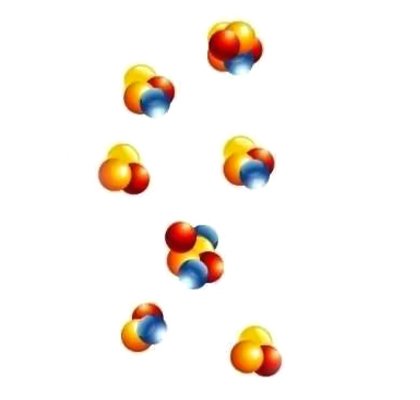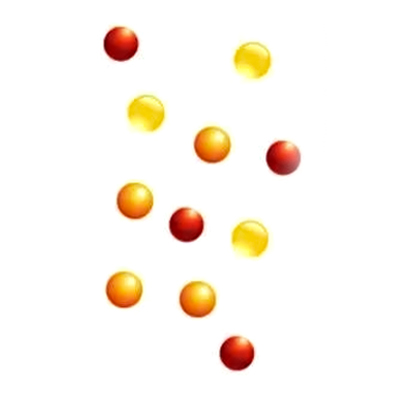The role of small peptide

Peptides are compounds that exist between amino acids and proteins. They have a lower molecular weight than proteins, but a higher molecular weight than amino acids, and are intermediate products of protein hydrolysis.
Peptides are "amino acid chains" formed by two or more amino acids linked together by peptide bonds.
A compound formed by the dehydration condensation of two amino acids is called a dipeptide, while a compound formed by the dehydration condensation of three amino acids is called a tripeptide, and so on with tetrapeptides, pentapeptides, etc.
 {Quantity: 2-9 amino acids}
{Quantity: 2-9 amino acids}
Small molecule peptides generally consist of 2-9 amino acids and possess unique biological activities. They are functional motifs within protein structures and play important physiological roles in organisms.

Amino acids are organic compounds that contain both a basic amino group and an acidic carboxyl group. Compounds formed by replacing the hydrogen atom of the carboxyl group in a carboxylic acid with an amino group are called amino acids. Amino acids are the basic structural units that make up proteins in the body. There are 20 types of amino acids that are commonly found in proteins, and they combine in specific sequences to form a wide variety of protein molecules that perform different biological functions.

Proteins are important components of all cells and tissues in the body. All important components of the body requirethe involvement of proteins. . In general, proteins account for about 18% of the total mass of the human body, and their most important role is their association with life phenomena.
Current situation and prospects

In the fast-paced and high-intensity modern society, people lead fast-paced lives and experience significant work pressure, resulting in prominent sub-health issues. In 2018, the overall sub-health detection rate among urban residents in six provinces/cities in China reached 68.1% (10,254/15,066), indicating a widespread presence of sub-health conditions. When it comes to self-rated health among different age groups, , young people are less satisfied with their health status compared to other age groups. There has been no significant change in people's health expectations from pre-1970s to the 2000s. However, the self-evaluated health scores of the post-1990s and Generation Z are significantly lower than those of other generations, suggesting that the younger generation is more anxious about their own health status. From the perspective of young people's health awareness, the Generation Z population places high importance on their health and nutritional supplements, which suggests that their health awareness is continually strengthening, and The potential demand for health and wellness products will persistently grow. ”
Make World.
 CN
CN
 JP
JP

